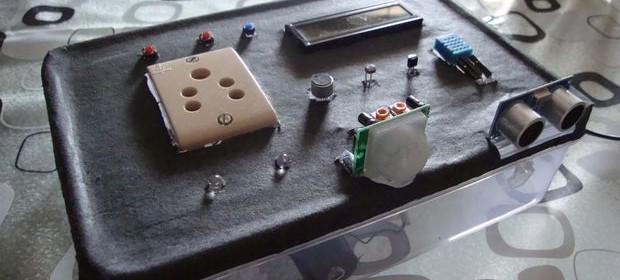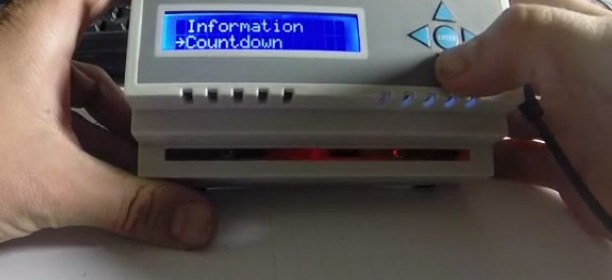Yet another home automation project

Saiyam’s bedroom automation box is a standalone and multi-feature home automation project using Arduino with a set of six sensors which can be used in combination with each other to control home appliances like fans, coolers, lightening systems, etc. You just need to connect your appliance to the power socket present on the box with a plug that makes connecting anything easily. The device asks you to set a mode which means, which sensor you want to use for controlling the output (see all the modes below). Further it asks you to threshold for the sensor you have chosen (like
Read more

